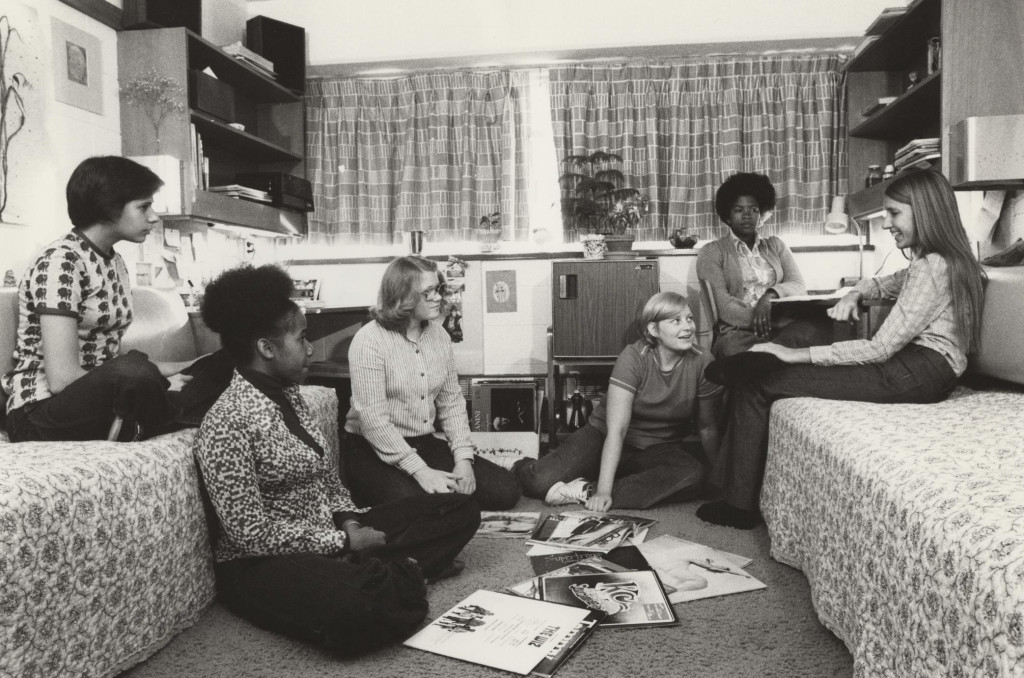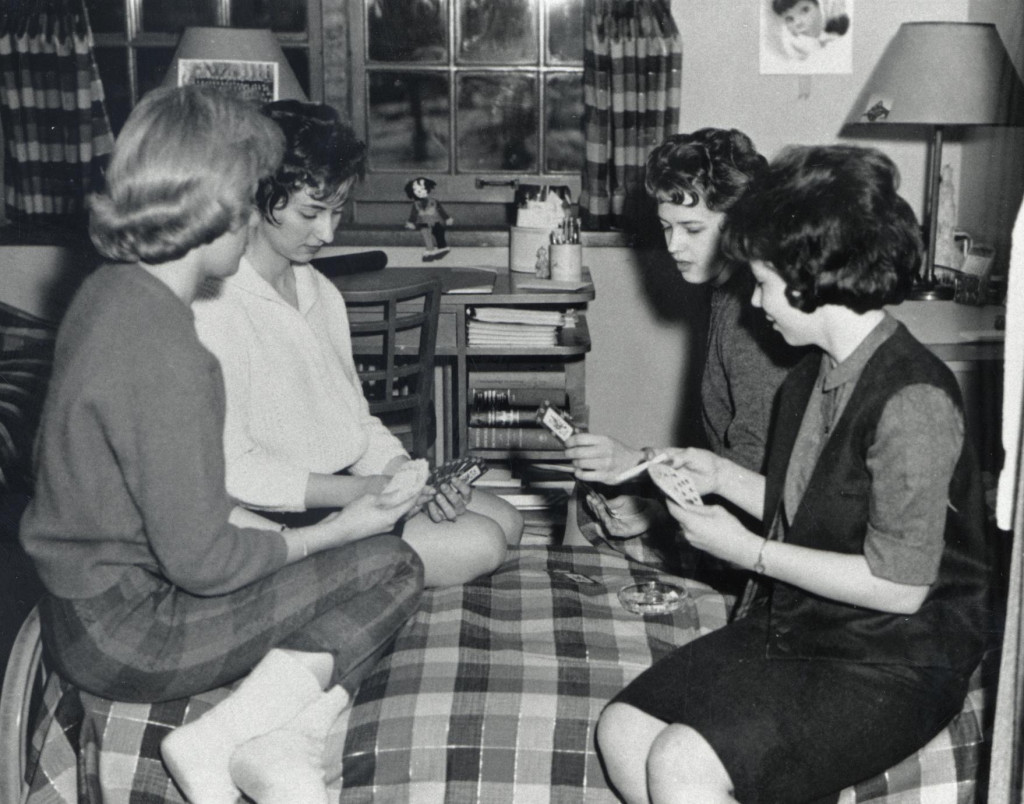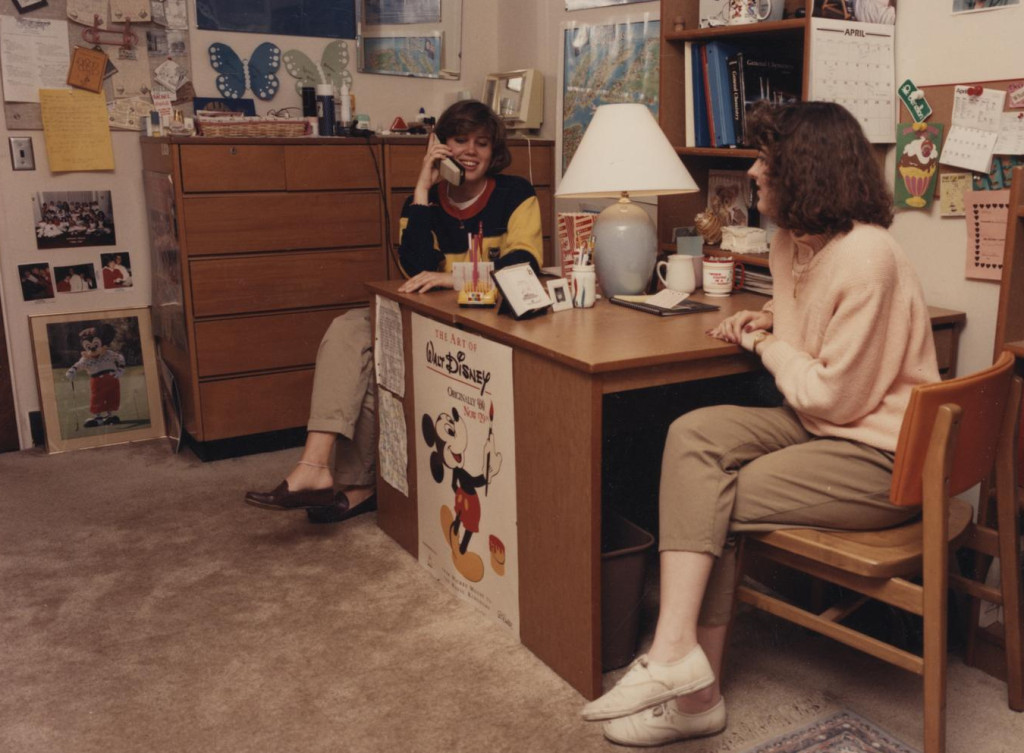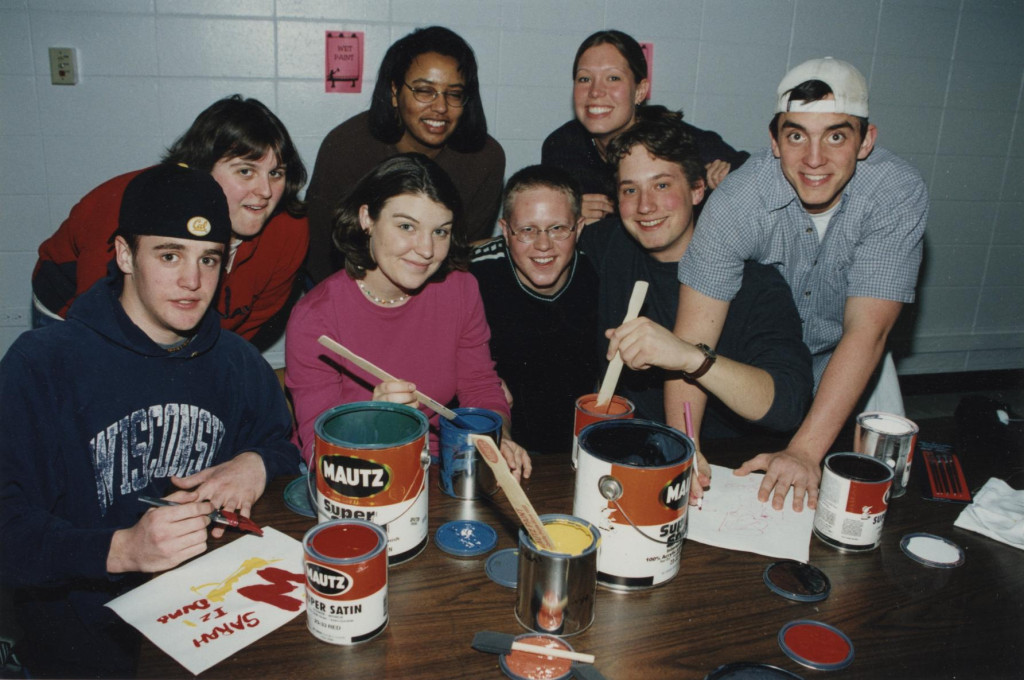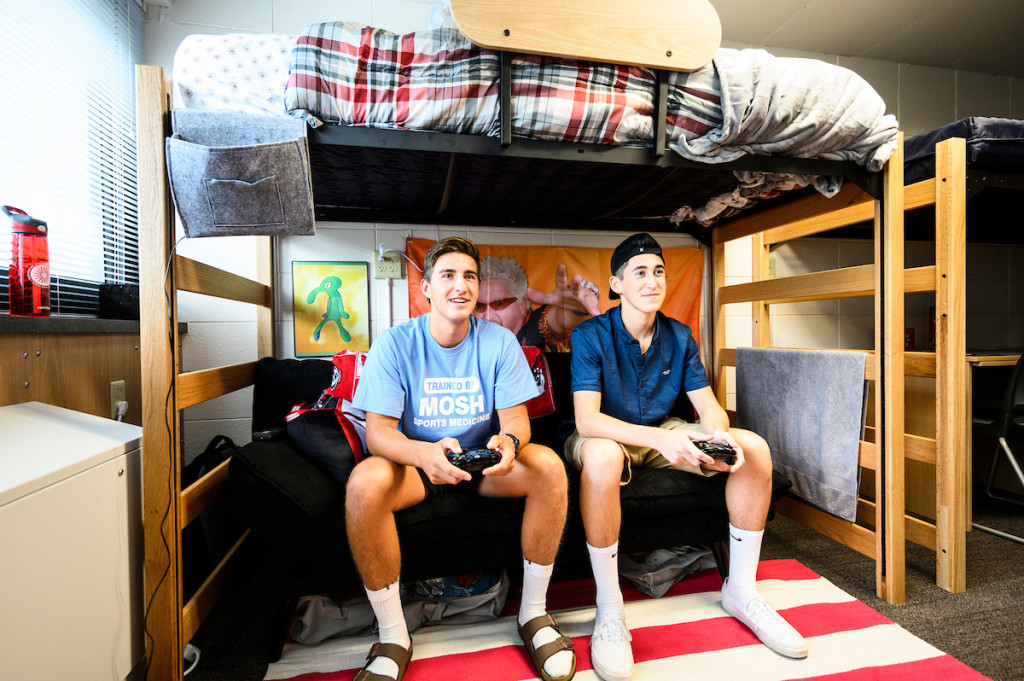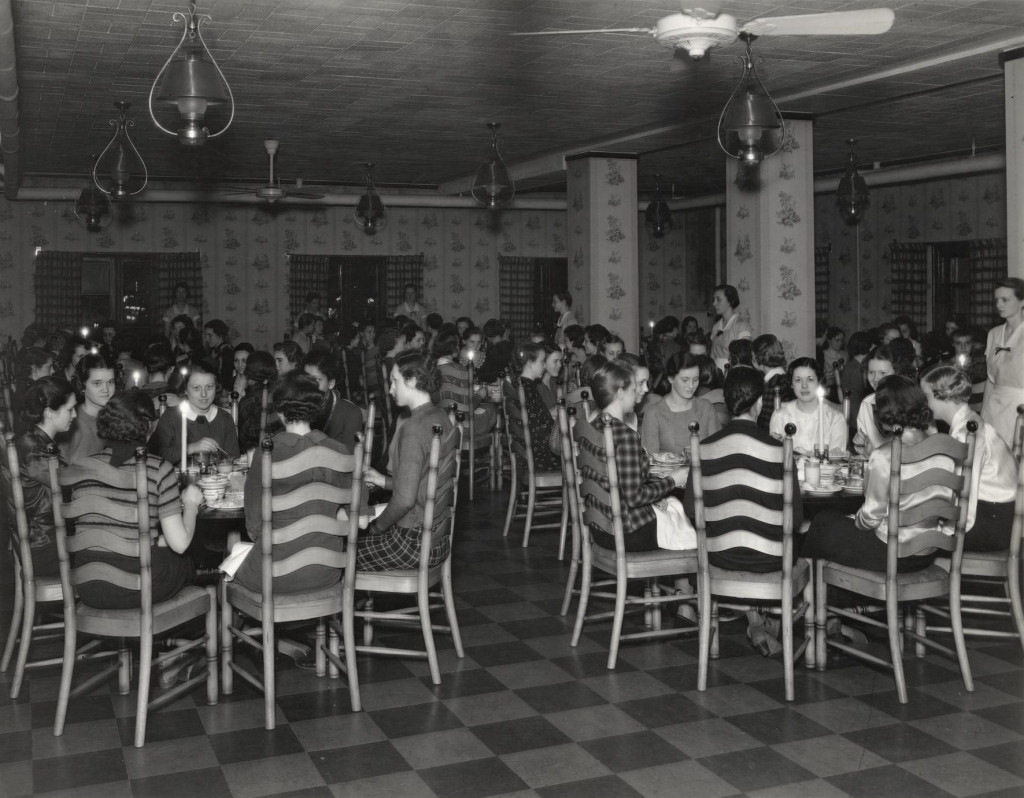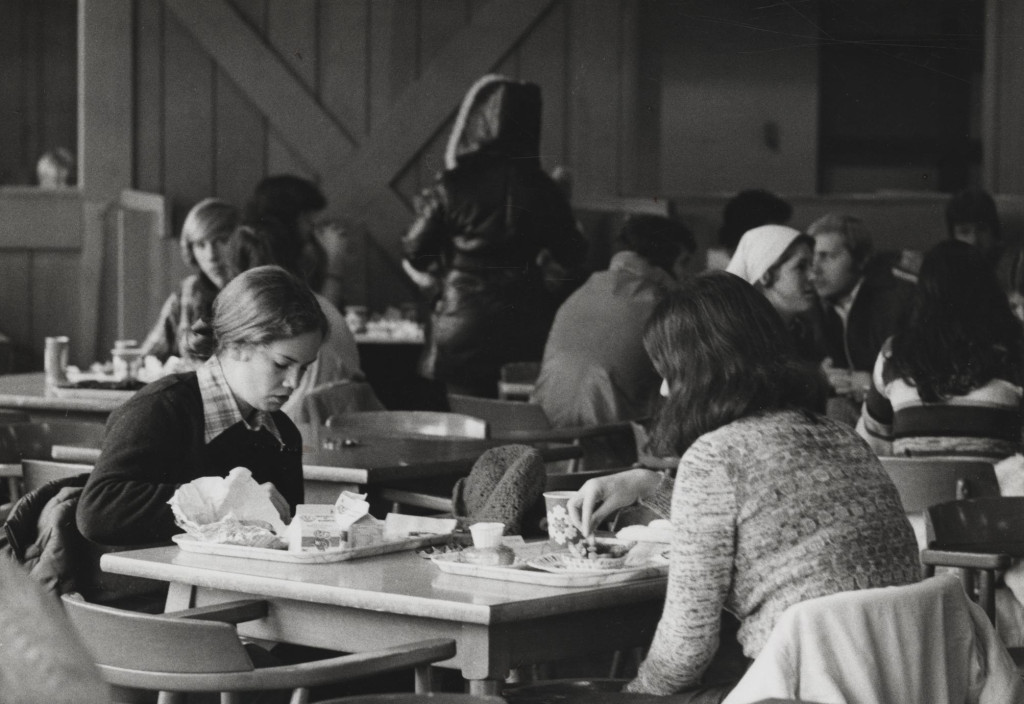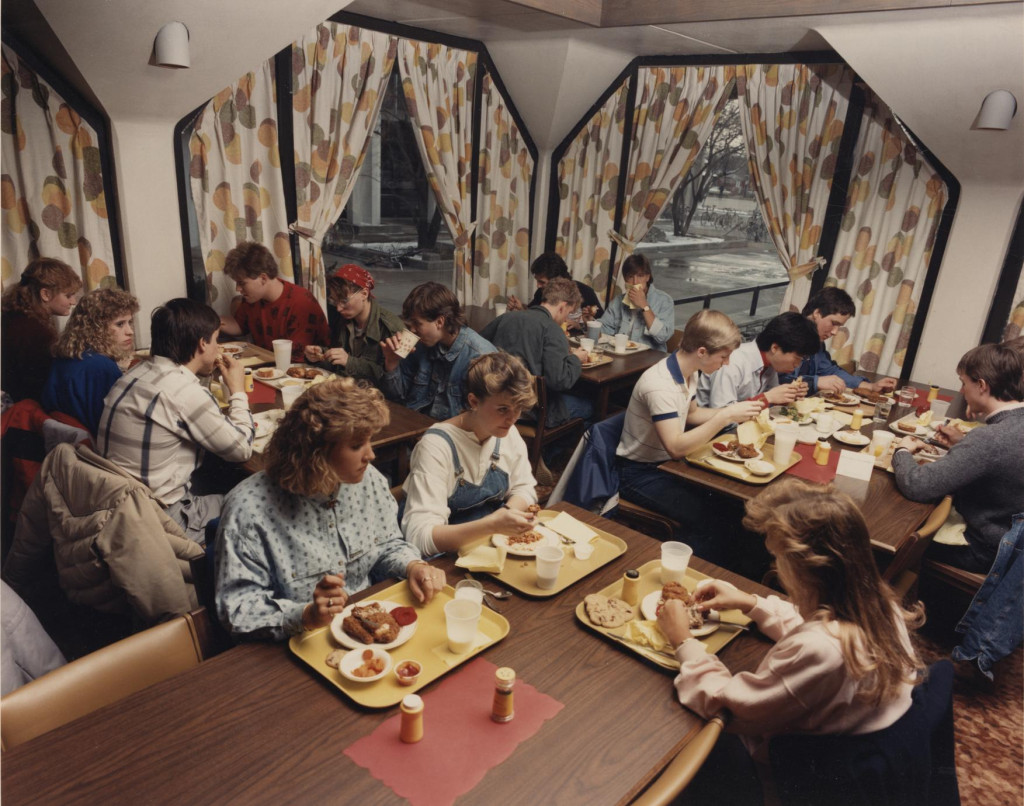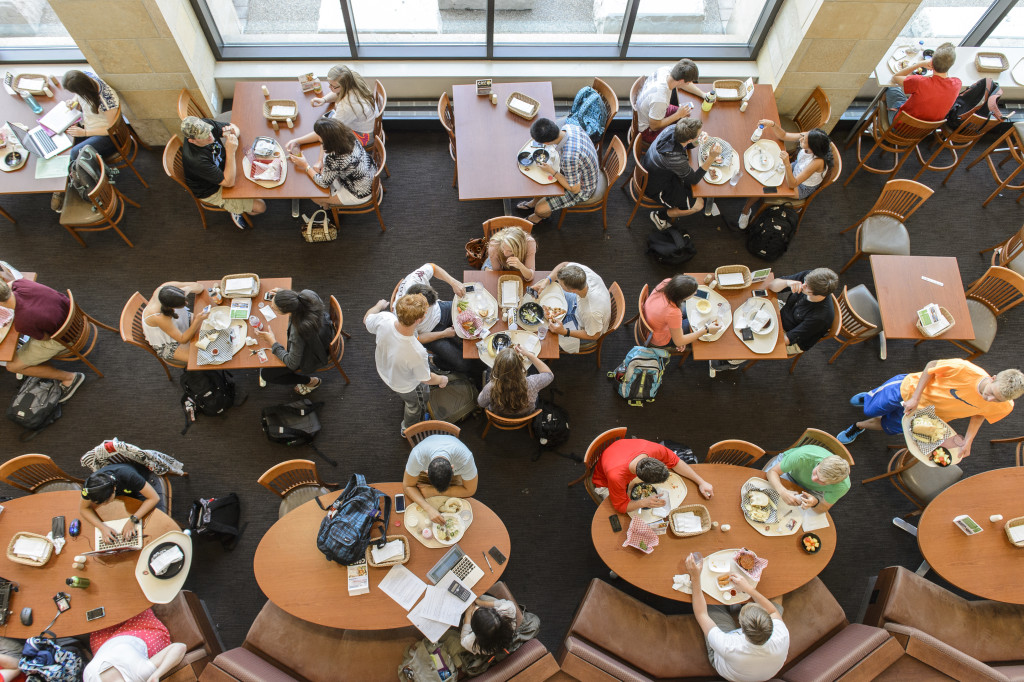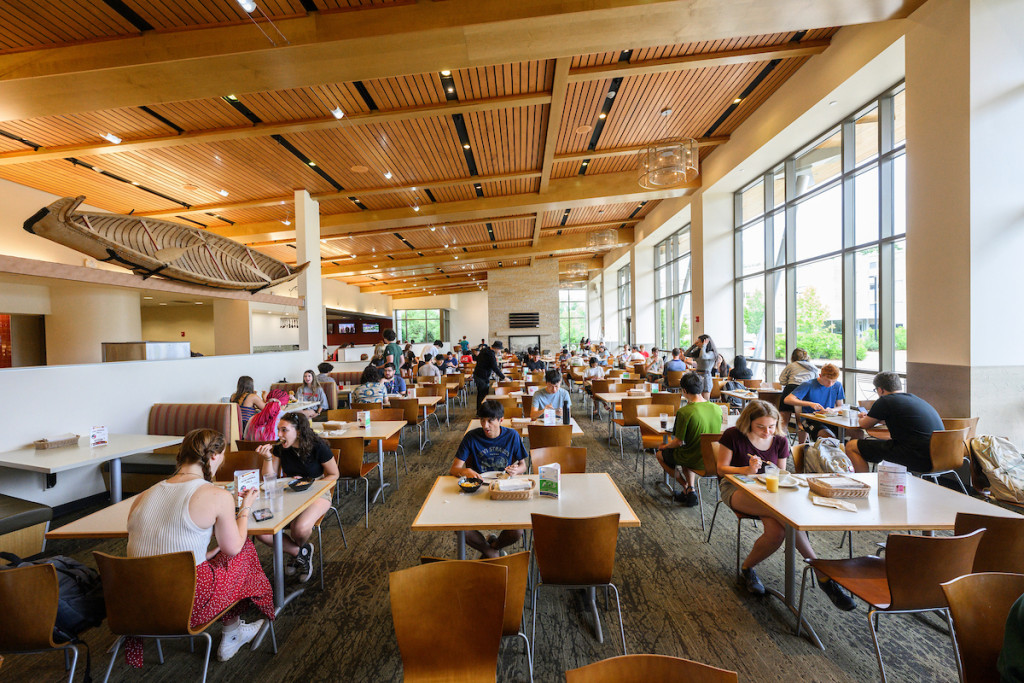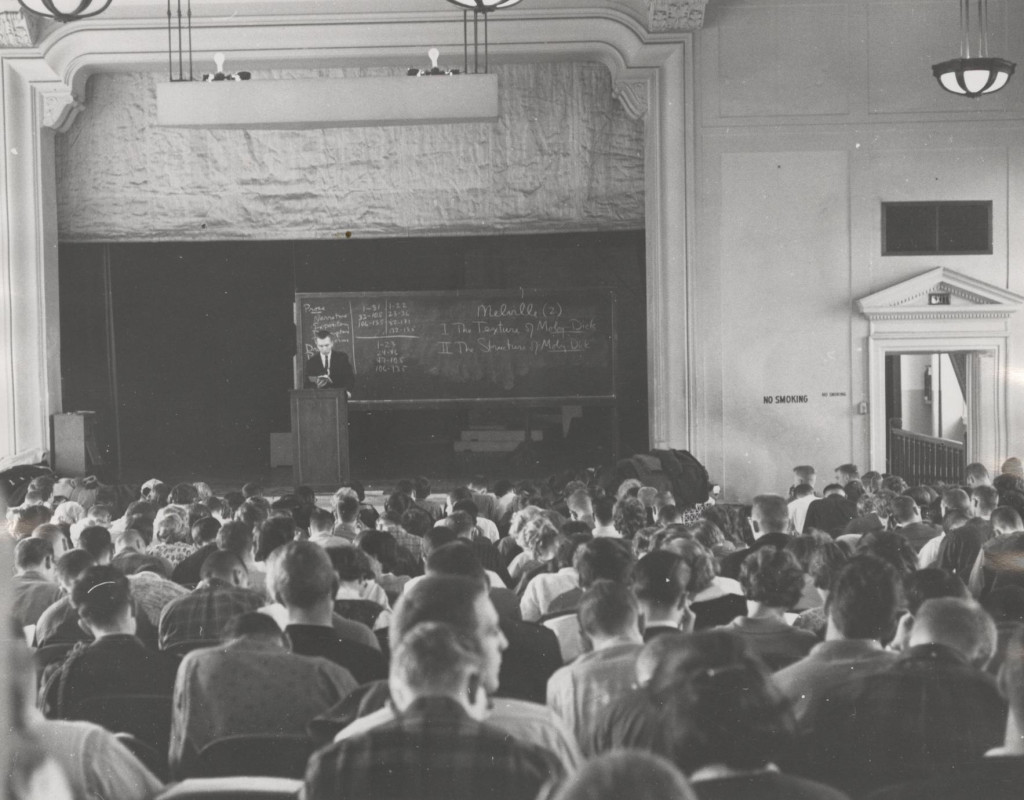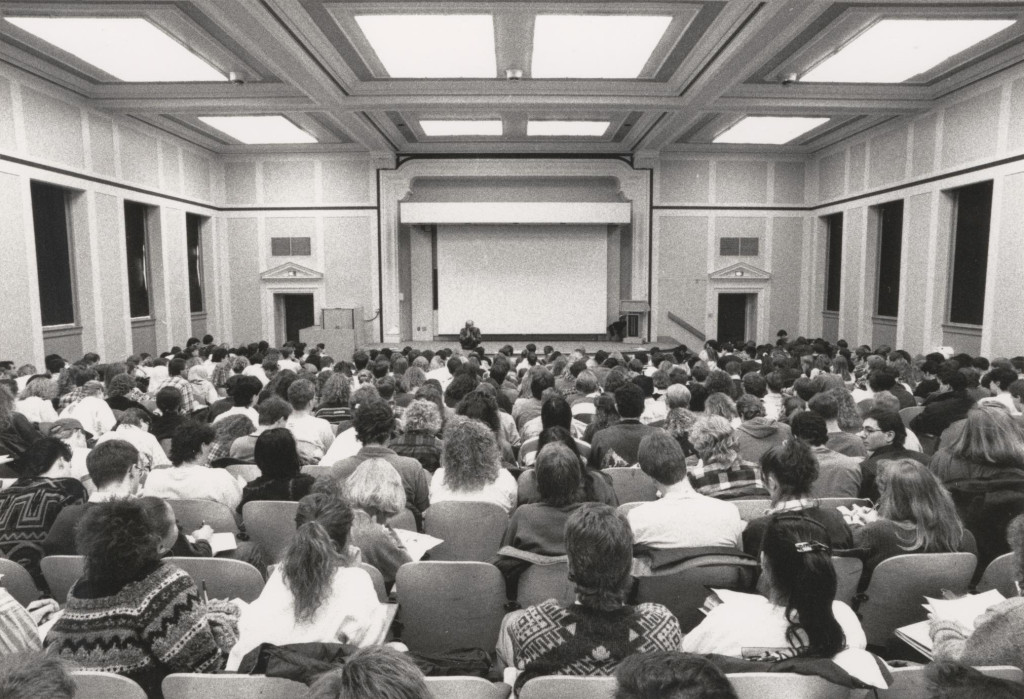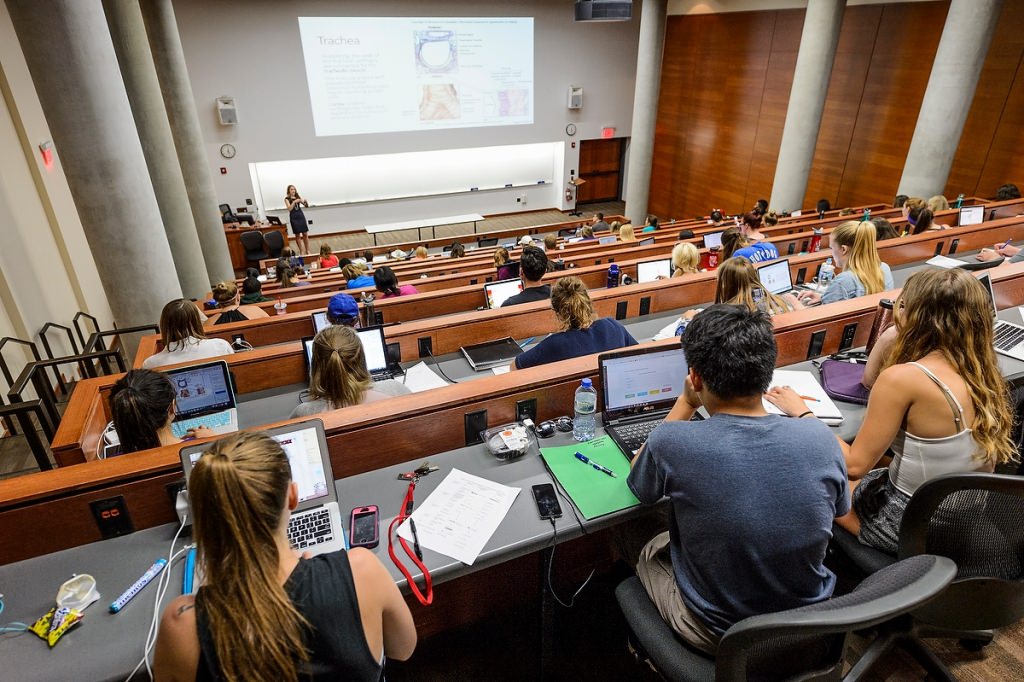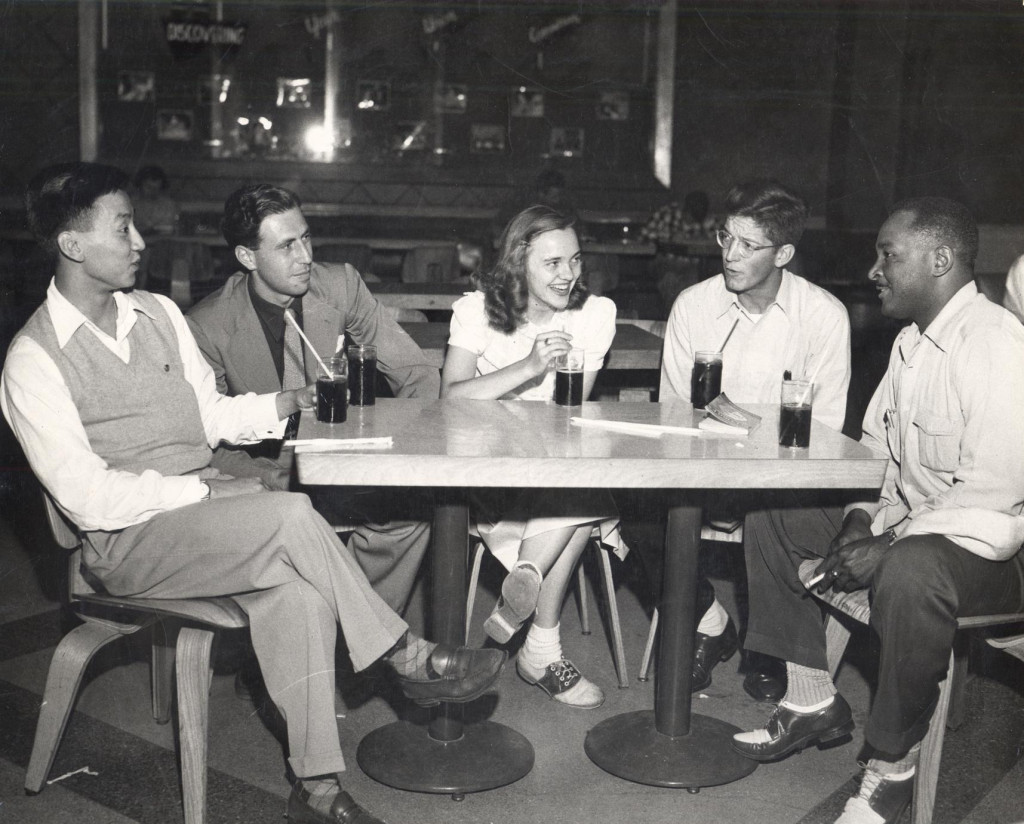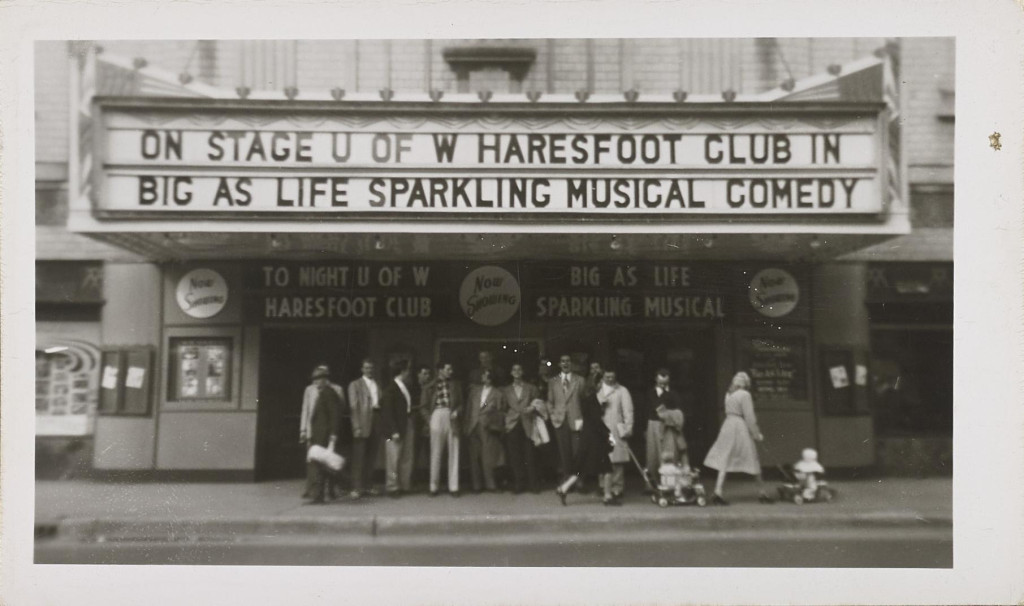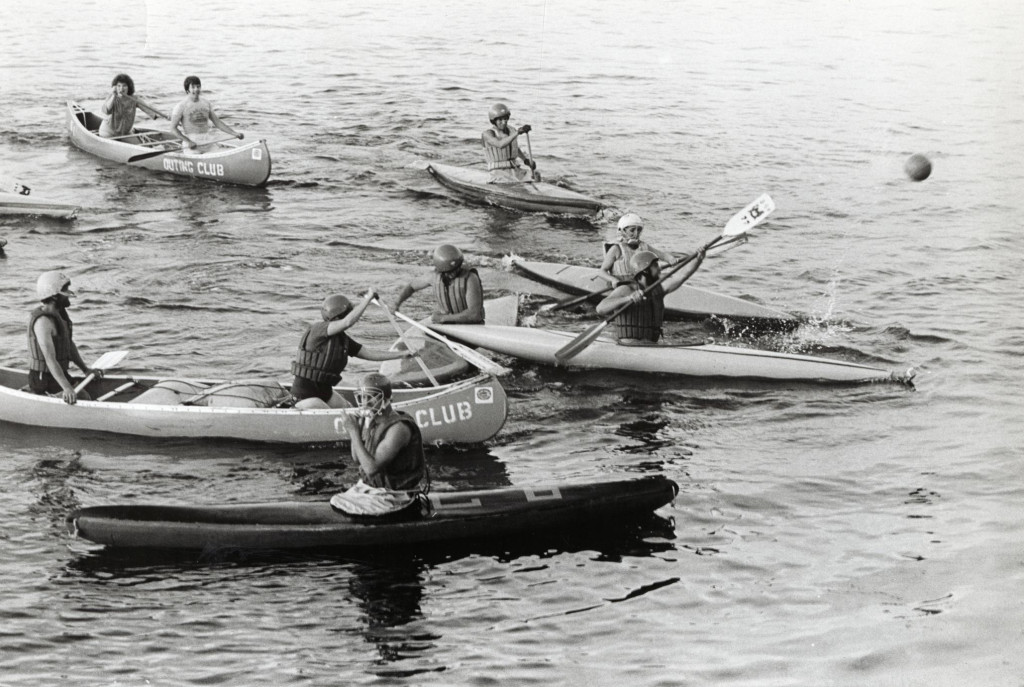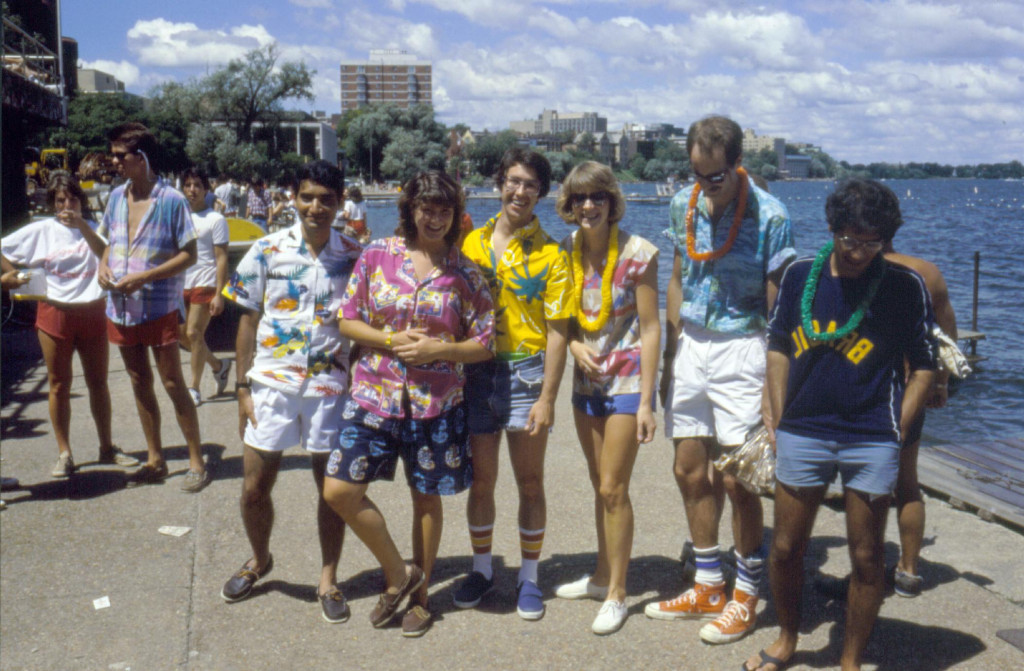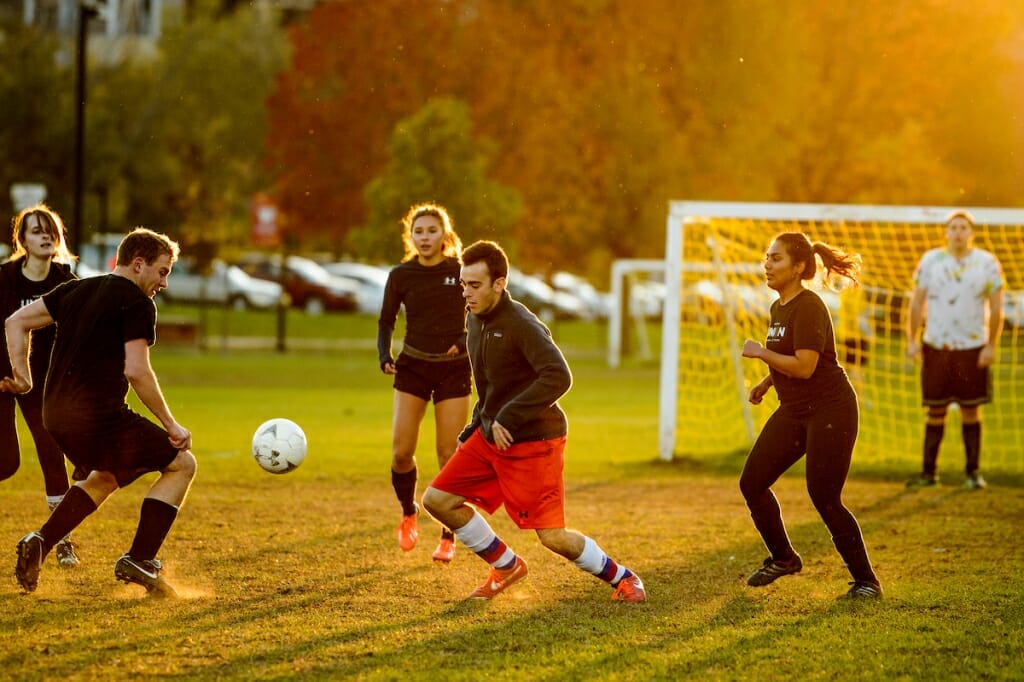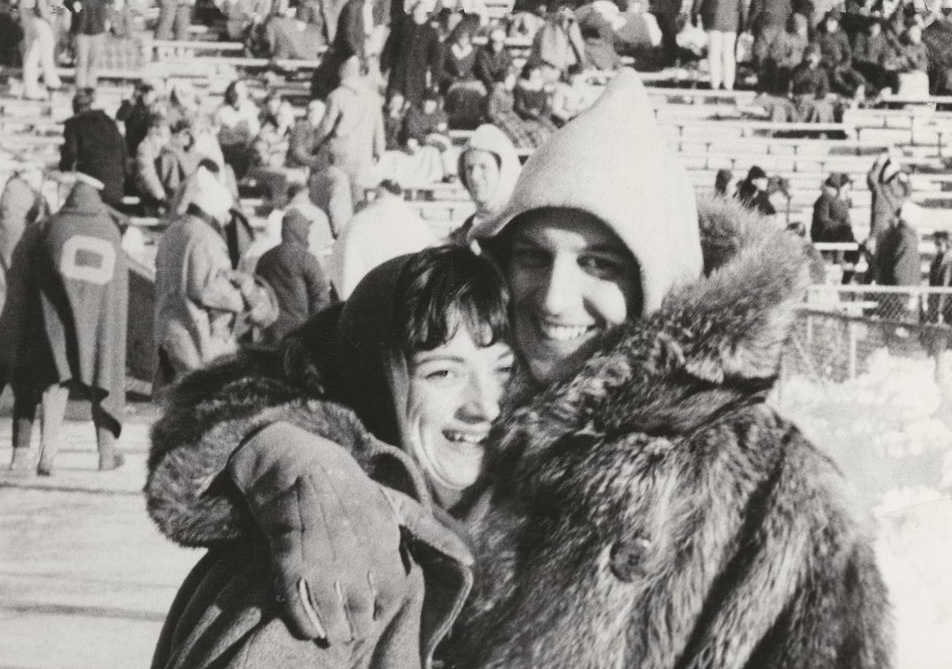175th anniversary: Amid changes in student life, constants remain
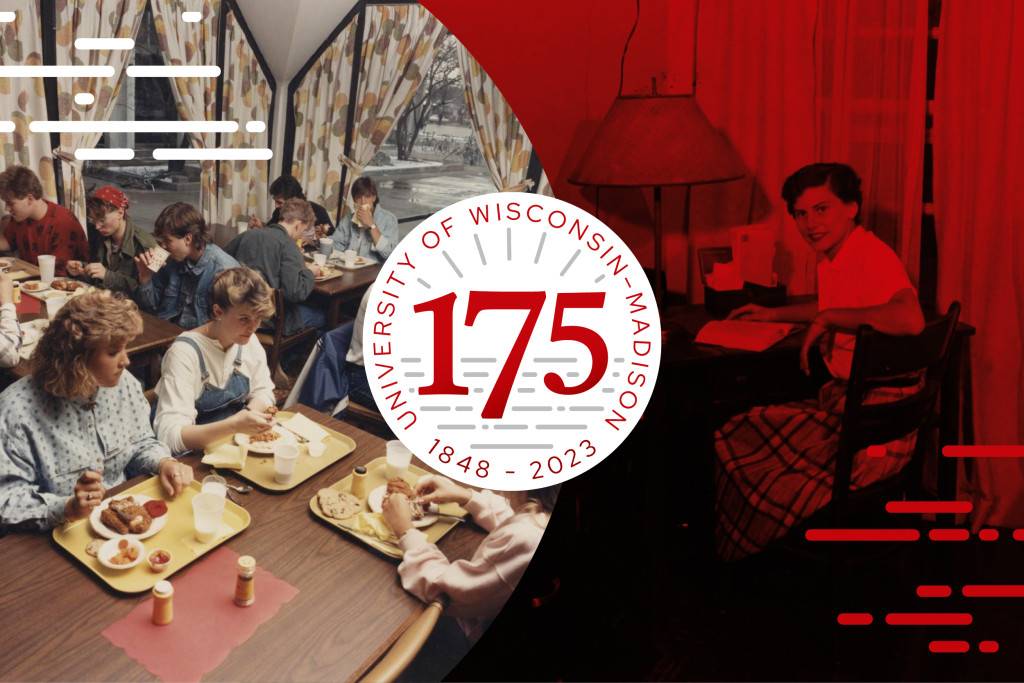 (Editor’s note: Seth Kruger is a sophomore journalism major from Michigan.)
(Editor’s note: Seth Kruger is a sophomore journalism major from Michigan.)
Walking down University Avenue on a Wednesday afternoon, students crowd the sidewalks in silence, listening to headphones or peering at cellphones. In class, they pull out laptops, iPads, Apple Pens and, occasionally, a notebook. They sit down to their computer screens night after night to complete online assignments or study typed-up notes.
Decades ago, University of Wisconsin–Madison students walked the same streets and sat in many of the same classrooms, but so much was different. The only technologies in a classroom were pens and notepads, buildings on campus didn’t tower over the streets of Madison and the living experience was much different.
But even as technology advanced and social norms changed, elements of the Badger student experience have stayed the same. The camaraderie and excitement in the stands at Badger football games. The intense exploration of new ideas in the classroom and beyond. Making connections with new friends through activities in the residence halls, from Bridge games to Mario Kart, and through campus clubs, from drama to parkour.
As we celebrate 175 years of the University of Wisconsin, Jolene Johnson Hansen — class of 1955 — Dan Langer — class of 1978 — and Reena Vokoun — class of 1998 — recall their time at UW–Madison, offering their experiences as Badgers in comparison to those of a sophomore Badger such as myself in 2023.
Life in the residence halls
Today’s students enjoy many personal conveniences in their residence hall rooms, such as mini fridges for snacks, laptops and personal televisions to connect with the world, and futons and bean bag chairs for relaxing. They can join a wide variety of events, with floor competitions, pizza parties, video game tournaments and more.
When Jolene lived in Elizabeth Waters Hall during her undergraduate years, her room was sparse by comparison.
“When I [moved in], the only things I took were my clothes, a radio and a record player. We didn’t have our own TVs,” she says. “We didn’t have lofted beds or a telephone in the room. Just a telephone booth down the hall.”
Still, they found other ways to make friends and have fun together.
“I remember learning to play bridge. We did a lot of talking and played games. We didn’t have many other options, so it was mostly social interaction with dorm mates while trying to study at the same time, of course,” she says.
What should we eat?
Similarly, the food options were more sparse. UW dining halls today offer all-you-can-eat buffets with many food options, available with one swipe of a Wiscard. My friends and I gather at the same time every evening for dinner, crowding onto a table together.
When Jolene went to eat dinner with her dorm mates in the 1950s, it was also a social experience, but with stricter rules.
“We ate in the dining room, a formal dining room. We had breakfast in cafe style and sat at tables for lunch and dinner. The seven of us were served by waitpeople, who were students, of course,” she recalls. “We didn’t get too many choices. We ate whatever was offered and prepared for that day.”
In the 90s, Reena recalls quite a different dining experience.
“Waters food was always known to be really good. I always had friends wanting to come to Waters to eat there with us because the food was so good. I remember they had a frozen yogurt machine, too, which was really cool.”
The evolving classroom
As I write this from my laptop, with my email account open on the other tab, texting with fellow classmates about homework, I know that the technology I use for classwork is still relatively new.
Class in the ’50s for Jolene didn’t include quick typing, virtual note-taking or online communication with professors and classmates.
“There was no collaboration, no group work. We would have small group sessions, but it was mostly just question-and-answer quizzes. We just listened to what the professors told us in lecture,” she says. “I eventually became a teacher, so I know all the methods for carrying on a class now. But the class dynamics were different.”
When Dan made his way to campus, he experienced improved interactions between students, teaching assistants and professors alike, although without today’s technology.
“Everything was paper, so everything was about interactions. You had to build relationships. There were some professors that were really informative towards my career,” he says. “One in particular was Dr. [Larry] Rittenberg, my auditing professor. He and I struck up this relationship that has lasted until today. I just visited him a couple weeks ago.”
Classroom registration has definitely changed. Students had to pick up class paperwork and then run to departments in buildings across campus to try to sign up for the classes they wanted.
“To sign up for classes, we ran. We picked up our papers in the Red Gym and literally ran to places on campus where you wanted to get into a class,” Dan says.
“We didn’t know of any better way to do it,” Jolene says.
That ended in 1989 when touch tone telephone registration was introduced. Internet-based registration started in 2002.
UW–Madison took further steps toward extensive use of electronic communication after that, but it wasn’t easy at first.
“At SOAR my freshman year, we were notified that there was going to be this new form of communication. That’s when email started,” Reena recalls. “But we didn’t have laptops, so we had to go to the computer lab to check it, do assignments and conduct research.”
A club for everyone
One part of campus life that’s been constant is UW–Madison’s emphasis on joining clubs to meet others with common interests and socialize together.
Today, the Wisconsin Involvement Network gives students access to almost 1,000 clubs of all sorts, and they can join as many as they please. From the UW–Madison American Red Cross Club to Badger Parkour and the Astronomy Club to the Badger Dairy Club, students can find niche communities to share their interests with, no matter the activity.
Previous generations had more traditional clubs to choose from, including the Dolphins Club for students who like swimming and the Haresfoot Club, a dramatic group founded in 1898 that performed locally written farces, and later musical comedies, which they took on tour around the country, ending with a grand finale in Madison.
Jolene took a social chair position in her dorm, where she helped organize gender-mixed events with other dorms, including blind dates. Of course, they always followed the curfews (10:30 p.m. on weekdays and 12:30 a.m. on weekends) and even used the smell of popcorn to attract students to their social gatherings in the Waters common room.
Dan was involved with the UW–Madison branch of AIESEC, an organization for students in business and economics. His involvement led him to two internships and a network of like-minded colleagues.
When Reena was on campus, she got involved with the Wisconsin Future Alumni Association and became a fitness instructor at the on-campus gym facilities, the Natatorium and the SERF. She also held leadership positions in her sorority and marketed for the Badger Yearbook.
Badger pride
When it came to Badger pride on campus, Reena, Jolene and Dan cheered on the Badgers at Camp Randall Stadium, but the dress and etiquette during their undergraduate years varied.
While current students show up to Camp Randall in cow overalls and bucket hats, Jolene wore much more formal attire to the games, including skirts, sweaters and padded shoes. When Reena met up with friends outside the gates, they bundled up for the cold games and soaked in the Badger pride.
“Being in the student section is like nothing else. Some of the times when I felt the most pride being at Wisconsin was on those game days when you see the passion for the school,” Reena says. “I always stayed for the Fifth Quarter, but Jump Around didn’t start until ‘98,” the year she graduated.
And like today’s students, earlier generations reveled in the physical beauty of campus.
“I ran a lot, so I was on the Lakeshore Path. It’s a great escape and a good mind-clearing place to go,” Dan says. “I still do the Lakeshore Path today,” he adds.
International education was always important on campus, with many students studying abroad and international students from around the world coming to UW. It’s only grown in recent years. In just three semesters, I’ve gotten to work with teaching assistants from the Philippines and Mexico, professors from Romania and Colombia and students from China and France.
When she was a UW student, Jolene went overseas to a summer school in Oslo, Norway, for English-speaking students. “I went over by ship. Ten days to get there and seven to get back. It was a wonderful experience,” she says.
Dan had two overseas internships through AIESEC — one in Copenhagen and the other in Birmingham, England. “In the ’70s, to go overseas was not common, so I was very fortunate,” he says.
Reena appreciated all her interactions with international students. “I’m glad to see that it’s continuing to grow because it’s going to provide a more global perspective for students and much more diversity on campus, providing learning for everyone,” Reena says.
What could the future hold?
For present-day study abroad students, taking a boat to Europe seems unfathomable thanks to the technological advancements of air travel. The same can be said about running around campus for classes, going to the computer labs to check emails and sitting in a formal table-clothed dining room.
While we’re used to our college way of life now, the iPads, bus systems, email communication and even showing up in person for class could seem like archaic behavior to the Badgers of 10, 20 or 30 years in the future.
It’s hard to know exactly what the future will look like, but no doubt it will include the cornerstones of UW–Madison student life that have held steady: camaraderie, exploration and learning.
Tags: student life, UW175

